
Travel Advice
Enjoy an adventure instead of surviving an epic. Save hours and journey safely with help from our travel advice pages. Get holiday planning advice where you can choose the best times to travel, and how to avoid hurricanes, and strife! There are many pages to help you choose the right travel accessories and adventure gear including tips, explanations and clothing and footwear size pages.
TRAVEL TIPS
-

Safari
For a once in a lifetime trip there can be no distractions or interruptions whilst you immerse yourself in the nature, culture and experiences you will encounter on Safari. To be so close to some of the most magestic and rare creatures on the planet should not be interrupted by a ringing phone or worrying about accessing emails. Be sure to take plenty of pictures to ensure that the memories can last a lifetime. -

Jungle Trekking
Jungles may make up only six percent of the earth’s land surface, but they produce nearly half of all the oxygen we require to survive. And, home to some of the world’s most iconic and endangered wildlife, jungle destinations offer a travel experience unlike any other. Jungle trekking is a way to transport yourself back to a time of exploration as you come face to face with landscapes and animals few people have seen with their own eyes; from the lush humid jungles of the Amazon, to spotting tigers and sloth bears in the national parks of Nepal. -

Southeast Asia
With so many countries and borders, cultures and crowds, smells and tastes to experience in Southeast Asia the only way to travel is by backpacking to reach more places in a shorter period of time. This can often mean reducing luggage but you should not leave without essentials. Whilst we westerners seek out tanned skin and glowing complexions, many Asian people prefer to have white skin and therefore a lot of skin products will contain whitening agents so always take your own. Sunscreen in particular is a must as it is very expensive and not readily available. -

Peru
Peru is often described as one of the richest countries in the world for it’s extraordinary food, culture and natural surroundings. Cameras at the ready together with a comfortable and well broken-in pair of hiking boots to ensure you make the most of this incredible landscape. -

India
There’s no denying that travelling to India can be a major culture shock, especially on your first visit. It’s a huge and bewildering country, with many different religions and cultures, and cities that roar with traffic and bustle with activity non-stop. So how to prepare for this assault on the senses? We reckon that if you want to get the most out of your trip it’s best to follow these essential rules. -

Lapland
Finnish Lapland is the home of Santa Claus and steeped in magical mystery and romantic ideals of white winters – it is difficult not to fall in love with the clean, crisp appearance of towns and villages under snow. In peak season, December – February the average temperature is between -16° and 3° not accounting for wind chill so be prepared to wear layers. -

Scotland
Scotland is generally a safe place with friendly and hospitable people however it is filled with opportunities to explore beyond the norm and for this, it is best to be prepared to make the most of your trip. -

Camping Mistakes & How to Avoid Them
Camping is all fun and games until you run out of food, your torch runs out of batteries and your tent has a hole in it. These are the most common mistakes for first time campers and how to avoid making the same mistakes.
DISEASE AND VIRUS
-

Malaria – Q&A
Malaria is a life-threatening disease. It’s typically transmitted through the bite of an infected Anopheles mosquito. Infected mosquitoes carry the Plasmodium parasite. When this mosquito bites you, the parasite is released into your bloodstream. -

Chikungunya – Q & A
Chikungunya is a viral disease that is transmitted to people via mosquitoes and has been identified in nearly 40 countries around the world including Africa, Asia, some parts of Europe and The Amercias. Chikungunya was then identified in late 2013 as having spread to some parts of the Caribbean. -

Dengue Fever -Q&A
Dengue is a debilitating viral disease of the tropics, transmitted by mosquitoes, and causing sudden fever and acute pains in the joints. -
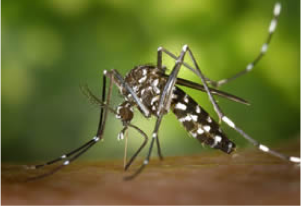
Japanese Encephalitis – Q&A
Japanese encephalitis is a type of viral brain infection that’s spread through mosquito bites. The virus is found in pigs and birds, and is passed to mosquitoes when they bite infected animals. It’s more common in rural areas where there are pig farms and rice fields. It can’t be spread from person to person. -
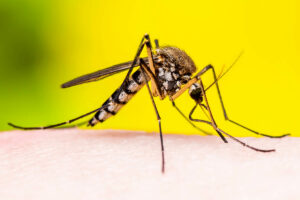
Yellow Fever – Q&A
Yellow fever is a serious, potentially deadly flu-like disease spread by mosquitoes. It’s characterised by a high fever and jaundice. Jaundice is yellowing of the skin and eyes, which is why this disease is called yellow fever. -
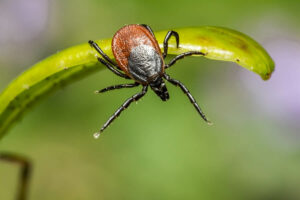
Tick Borne Encephalitis
Tick-borne encephalitis (TBE) is a viral infectious disease from tick bites, involving the central nervous system. The disease most often manifests as meningitis, encephalitis, or meningoencephalitis. -
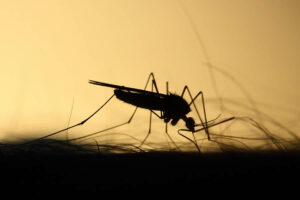
Zika Virus
The Zika Virus is a mosquito-borne infection – so in most cases it can only be caught if you are bitten by a mosquito that is carrying the virus.
MOSQUITO NET SELECTION GUIDES
-

Mosquito Net Selection Guide
Mosquito nets are available in many different shapes and sizes for different applications and the mesh size and insecticide treatment can also vary. -
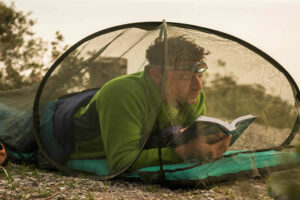
Pop Up Mosquito Net
On the following page there are a number of Mosquito net to compare and select from based on their features, size weight and other essential inventory… -
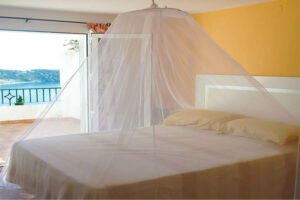
Double Bell Net
On the following page there are a number of Double Bell net to compare and select from based on their features, size weight and other essential… -
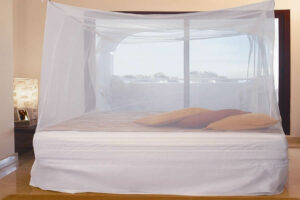
Double Box Net
On the following page there are a number of Double Box Net net to compare and select from based on their features, size weight and other… -
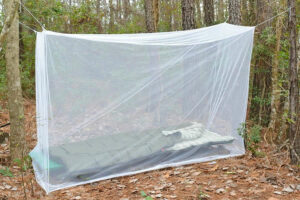
Single Box Net
On the following page there are a number of Single Box net to compare and select from based on their features, size weight and other essential… -
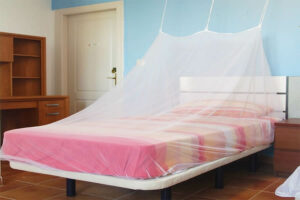
Double Wedge Net
On the following page there are a number of Double Wedge Net to compare and select from based on their features, size weight and other… -
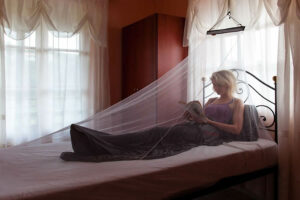
Single Wedge Net
On the following page there are a number of Single Wedge Net to compare and select from based on their features, size weight and other…
INSECTS
-

Mosquitoes – Q&A
They are a slender long-legged fly with aquatic larvae. The bite of the bloodsucking female can transmit a number of serious diseases including malaria and elephantiasis. Mosquitoes can’t fly very far or very fast. Most mosquitoes can fly no more than about one to three miles, and often stay within several hundred feet of where they were hatched. -

Midges – Q&A
A midge is a small two-winged fly that forms swarms and breeds near water or marshy areas. The Highland Midge prefers to lay its eggs in slightly acidic habitats, typically peaty soils containing favourite plants like rushes. When they’re not biting they like to hide in long bracken, or among moss on tree bark. This type of habitat dominates western areas of Scotland. -

Ticks – Q&A
Ticks are members of the arachnid family – the same family as spiders and mites. They are ectoparasites (ie external parasites as opposed to internal parasites) and they feed on blood from mammals and birds. -

Bed Bugs – Q&A
Bed bugs are small, flat wingless insects that are reddish-brown in colour. They do not fly or jump, but they can crawl rapidly. Bed bugs are nocturnal and are mostly active at night.
PESTS
-

Leeches
Leeches are segmented worms – a bit like giant earth worms. Most leeches live in fresh water environments but some species can be found in sea water and in terrestrial environments. They are quite common in tropical rain forests in South America and South East Asia where they live in leaf litter and vegetation. -

Jellyfish – Q&A
They are soft-bodied free-swimming aquatic animals with a gelatinous bell shaped body and trailing tentacles on the underside of their body. They move by contracting their bodies and do not have much control over where they go. Most jellyfish drift with the water currents and are made up of more than 90% water.
INSECT PROTECTION
-

DEET – Q&A
DEET is the abbreviation for Diethyl-m-toluamide, or Diethyl-3-methylbenzamide as it is also known. It is a pale yellow, slightly oily liquid at room temperature and it is commonly used as an insect repellent. -

Natural Insect Repellent
A natural insect repellent is a substance that occurs somewhere in the wild that has been found to have insect repellent properties. Typically the insect repellent would be derived from a plant extract, and it is likely to be refined and concentrated before use to increase its effectiveness. -

Picaridin, Icaridin, Saltidin
Icaridin (also known as Picaridin) is the common name given to the chemical compound Hydroxyethyl Isobutyl Piperidine Carboxylate. It is an odourless and almost colourless liquid that was developed for use as an insect repellent. -

IR3535
IR3535 (Ethyl Butylacetylaminopropionate) is an insect repellent that was developed by MERCK as an alternative to DEET. It is an effective product and works very well against midges and other biting insects in European and North American environments. Be aware that this product shouldn’t be relied upon in tropical areas where there can be a serious risk from insect bourne disease. -

Permethrin
Permethrin is a synthetic, man-made form of Pyrethrin, a natural insecticide derived from the Chrysanthemum plant. Consequently, it is more readily available than Pyrethrin and it is more effective. -

Mosquito Coils
The burning of aromatic plant materials to keep away swarms of mosquitoes has been an integral part of many cultural traditions around the world, but it wasn’t until the early 1900’s that the distinctively shaped mosquito coil was born – thanks to Japanese entrepreneurs Eiichiro and Yuki Ueyama and their Katori Senko (Mosquito Killing Incense). -

Insect Repellent Selection Guide
Please note – the following is a guide only and does not account for those with skin conditions or allergies – you should always consult a doctor before travelling to a foreign country to ensure the best protection. -

Insect Repellent Bands Comparison
On the following page there are a number of Insect Repellent Bands to compare their features against each other for your best and most… -

Tick Remover Comparison
On the following page there are a number of Tick Removers to compare their features against each other for your best and most appropriate needs… -

Safe Sea Jellyfish Protection
Sunscreen chemicals can cause defects in fish, dolphins and other sea life such as fertility issues, defects that can be passed on to their offspring, and harm to their immune systems. It can also impair growth in green algae, bleach coral and accumulate in the tissue of dolphins which can be transferred to their young.
SUN PROTECTION
-
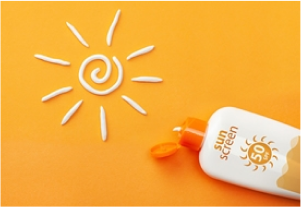
Sunscreen -Q&A
Sunscreen is a cream, lotion or spray that is applied to the skin to provide protection from the ultra violet radiation (UV) within the sun’s rays that causes sunburn or more serious damage over time. -

SPF Selection Guide
A guide to help you choose the right SPF for your trip or adventure. -

Nozkon – Q&A
A Nozkon is a protective nose shield. It’s made of a thin, soft, comfortable and ergonomically shaped foam outer shell with a thin, soft, textile inner pad. The Nozkon is lightweight and has a built in strap for attaching it to your glasses. -

Safe Sea Marine Friendly Sunscreen
Sunscreen chemicals can cause defects in fish, dolphins and other sea life such as fertility issues, defects that can be passed on to their offspring, and harm to their immune systems. It can also impair growth in green algae, bleach coral and accumulate in the tissue of dolphins which can be transferred to their young. -

Sunscreen Comparison
Helping you decide what sunscreen you need for what part of the world you are travelling to and how much you are likely to need…

